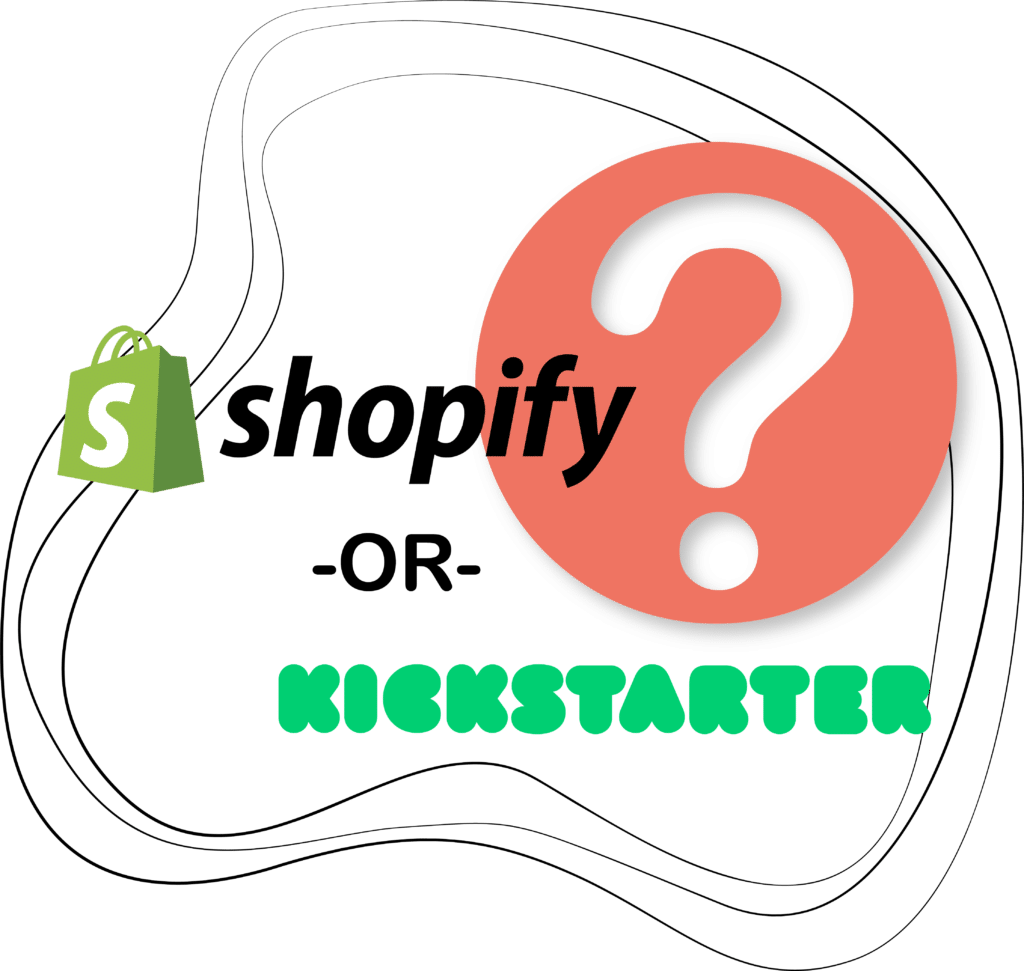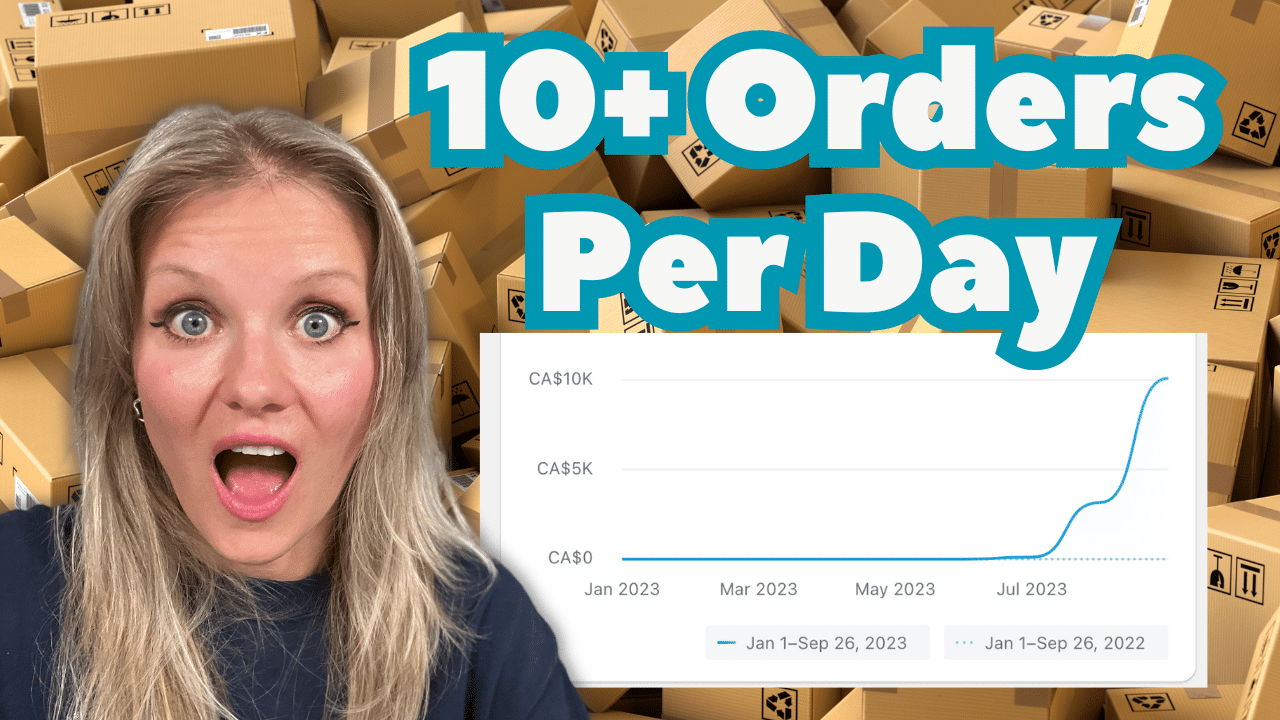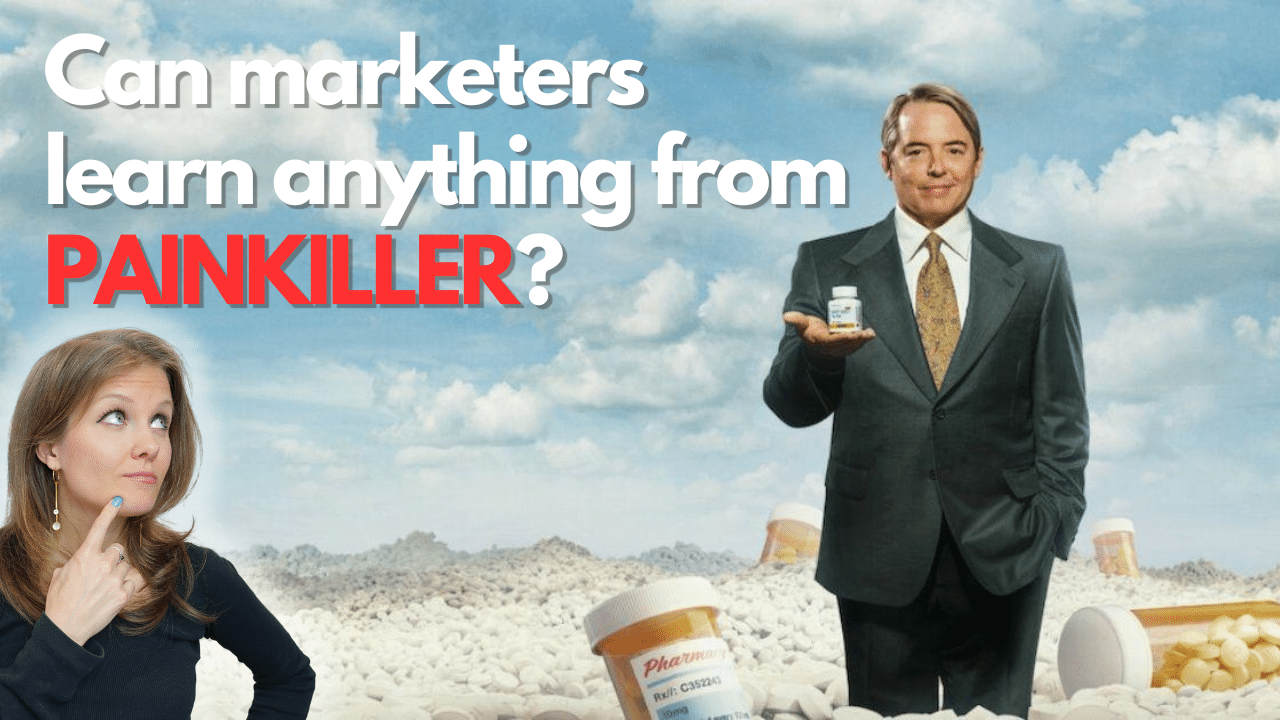In the wake of Netflix’s riveting series, “Painkiller,” which vividly portrays the opioid crisis in America, we embark on a journey to dissect the marketing strategies employed by Purdue Pharma to propel OxyContin to astonishing heights of success and infamy.
It’s essential to clarify upfront that we neither condone nor support Purdue Pharma’s actions; our intention is solely educational, shedding light on how marketing tactics can be manipulated for detrimental purposes.
The Netflix’s Painkiller Backstory
To understand the complexity of Purdue Pharma’s marketing tactics, we must journey back to a pivotal moment in the mid-1990s when the company was on the brink of bankruptcy.
Facing financial ruin, Purdue Pharma sought a new drug that could rescue them from the abyss.
The drug they had in their portfolio, MS Contin, was primarily associated with palliative care and end-of-life treatment—a reputation laden with death.
In dire need of a fresh start and a broader market appeal, Purdue Pharma set out to create a more potent, marketable drug.
Principle 1: The Pain Versus Pleasure
At the heart of Purdue Pharma’s transformation from MS Contin to OxyContin was the manipulation of human behavior—specifically, the principle of “pain versus pleasure.”
This age-old marketing theory posits that human choices are driven by two fundamental forces: the desire to move away from pain or discomfort and the inclination to seek pleasure and fulfillment.
Understanding this deeply rooted motivation in customers can be a game changer in marketing.
Purdue Pharma harnessed this principle to pivot the conversation surrounding pain relief.
MS Contin had long been associated with easing the agony of severe pain, offering a promise of respite from suffering.
In contrast, OxyContin presented a clean slate—a chance to redefine the narrative.
By strategically rebranding the drug and anchoring it as a source of pleasure, Purdue Pharma promised not just relief from pain but a return to the joys of life.
The shift in messaging was subtle but profound; it tapped into a more significant motivator for individuals suffering from pain: the aspiration to regain their lost lives.
Crafting a narrative that centered around pleasure rather than the pain was the first step in Purdue Pharma’s strategy.
Their goal was to reward pleasure, and by doing so, they manipulated the pain-pleasure balance to their advantage.
Brands that successfully implement this principle don’t just sell products; they revolutionize entire industries.
Consider Dyson, a company that reimagined the vacuum cleaner, turning a tedious chore into an enjoyable experience.
By identifying and addressing a pain point in the market, Dyson didn’t just sell vacuums; they marketed a superior way of life.
Purdue Pharma’s marketing for OxyContin tapped into people’s innate desire to escape pain, promising transformative relief and a path to pleasure.
However, it’s crucial to note that while OxyContin did offer relief to many, Purdue Pharma failed to communicate the potential dangers of addiction, leading to consequences that continue to reverberate.
Principle 2: The Big Promise
The narrative in “Painkiller” unfolds with a character boldly stating, “Pain is no longer something we need to tolerate; it’s something we can overcome.”
This declaration serves as the cornerstone of the belief system Purdue Pharma sought to instill in the American public.
This belief system is encapsulated in the second marketing principle: “the big promise.”
The big promise is the brand’s pledge that its product will deliver precisely what it claims.
When brands fulfill this promise consistently, trust is forged—a bond that transcends mere products and becomes an enduring connection between consumers and the brand.
Apple, for instance, doesn’t merely promise innovative technology and sleek designs; they commit to an ecosystem defined by efficiency and seamless interconnectivity among their devices.
The trust that Apple has cultivated goes beyond the product; it creates an experience that fosters brand loyalty.
However, trust is a fragile entity. Mishandling it can lead to its rupture, as evidenced by Purdue Pharma’s journey with OxyContin.
The company made a compelling claim: that pain need not be eternal, and together, they could overcome it. Yet, this claim concealed the risks of addiction.
Delivering on the big promise is paramount for building enduring trust with customers.
Principle 3: Perception
Building and transforming perceptions is a nuanced art in marketing. It involves shaping how customers perceive a product, brand, or company.
In Purdue Pharma’s case, they weren’t merely offering a pill; they were selling a dream—a vision of a life unburdened by pain and suffering.
They achieved this transformation through strategic means.
One of their key strategies was securing FDA approval for OxyContin.
This stamp of legitimacy conveyed a powerful message: the drug was safe.
Purdue Pharma understood that the difference between an ordinary company and a profitable one lies in perception.
The clinical trial data, which didn’t support their claims of a near-zero addiction rate, was artfully spun to tell the story that the FDA wanted to hear.
Perception, in this context, became the subconscious association that consumers held with the brand.
Perception shapes how consumers view a brand’s status, quality, affordability, and reliability.
It plays a pivotal role in brand loyalty.
Principle 4: Crafting A Narrative
Brands are storytellers, often using data to craft narratives that resonate with their audience.
This process involves framing data in a way that compels the desired narrative, but it must remain rooted in honesty.
The fine line between honest storytelling and manipulation is where the real challenge lies.
Data can either fortify or undermine a story, making it the champion or adversary of marketing.
While numbers are essential tools for conveying a brand’s message, they must be used responsibly.
In the case of Purdue Pharma and OxyContin, the company chose to focus on select metrics while downplaying the inherent risks.
Crafting a narrative that relies on numbers is an art that demands transparency and ethical considerations.
Principle 5: MICE
Let’s introduce a lesser-known but powerful tactic employed in marketing—MICE. This acronym, borrowed from the CIA’s playbook, represents four levers that influence consumer behavior:
- M stands for money, a universal language in marketing. Brands use discounts, loyalty programs, rewards, and pricing strategies to enhance perceived value.
- I stand for ideology. Brands align themselves with consumers’ deep-seated beliefs and causes, fostering a sense of shared values.
- C represents coercion. Understanding consumers’ fears and problems allows brands to position their products as solutions to mitigate or prevent those fears.
- E denotes ego, as brands tap into the human desire to feel special. Exclusive clubs, recognition, and personalization create a unique bond between consumers and the brand.
While Purdue Pharma misused these levers, they can be harnessed ethically to understand customer motivations and influence behavior positively.
In Conclusion
This blog serves as an educational exploration of marketing tactics and their ethical implications.
It’s vital to recognize the power of these strategies and use them responsibly.
Knowledge is a tool; how we wield it matters. Stay informed and act with integrity.
The intention behind this blog is to educate and enlighten, shedding light on how these tactics can be used and, at times, misused.
It’s not an indictment of marketing as a whole, but rather an examination of the motivations behind its use.
The lessons drawn from Purdue Pharma’s tragic missteps with OxyContin serve as cautionary tales, illustrating the devastating consequences of unethical marketing.
We work with online sellers to build a million-dollar D2C channel in 12 months or less on Shopify without relying on Amazon.
To learn more about partnering with us, click here.





